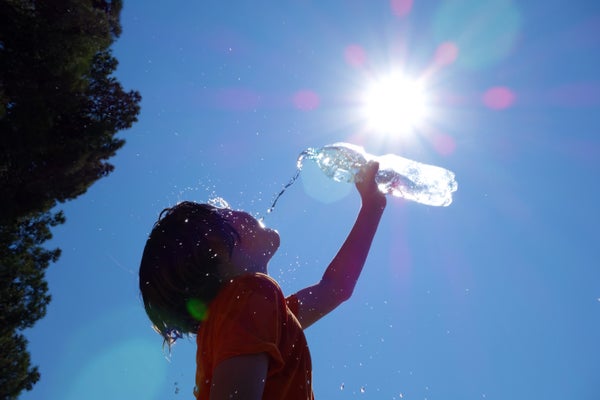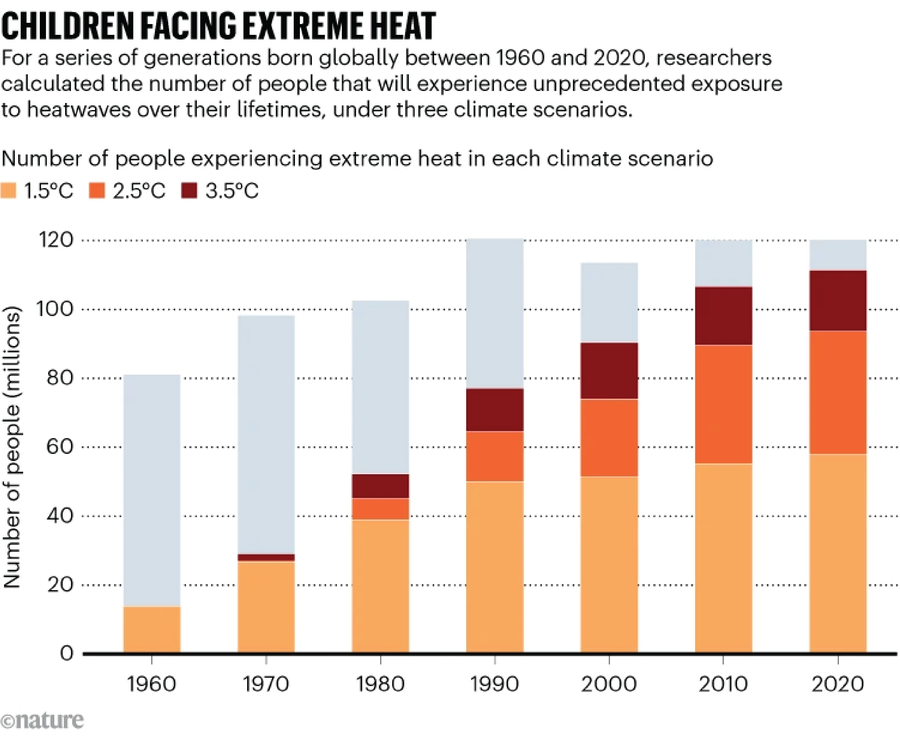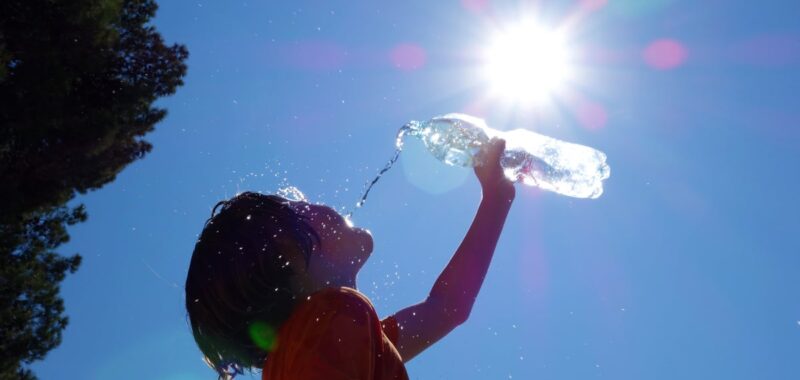Today’s Children Face a Lifetime of Extreme Heat because of Climate Change
Young people today will be exposed to a number of heat waves that no one would have experienced before the burning of fossil fuels started raising global temperatures

Many of today’s children will experience an ‘unprecedented life’ owing to climate change.
AlesVeluscek/Getty Images
Just over half of the children born in 2020 will face unprecedented exposure to heatwaves over their lifetime — even under a conservative projection for how climate change will unfold over the next 75 years.
The figure rises to 92% of today’s five-year-olds if more pessimistic climate predictions come to pass, and compares with just 16% of people born in 1960 under any future climate scenario.
The findings, published in Nature on 7 May, highlight the disproportionate burden that climate change places on today’s young people — and the need to limit global warming to safeguard future generations.
On supporting science journalism
If you’re enjoying this article, consider supporting our award-winning journalism by subscribing. By purchasing a subscription you are helping to ensure the future of impactful stories about the discoveries and ideas shaping our world today.
“Many people of my age have children, young children, and it’s especially for those that the projections look very dire,” says study co-author Wim Thiery, a climate scientist at the Vrije Universiteit in Brussels, who was born in 1987.

Nature; Source: “Global Emergence of Unprecedented Lifetime Exposure to Climate Extremes,” by Luke Grant et al., in Nature, Vol. 641; May 8, 2025
That children and young people will bear the brunt of the climate-change burden is not a new idea. But the latest study is among the first to pinpoint the generations and numbers of people that will experience an “unprecedented life” in terms of extreme heat, says Thiery (see ‘Children facing extreme heat’).
The researchers define this as a threshold of lifetime exposure to extreme weather that someone living in a world without climate change would have only a one in 10,000 chance of experiencing. “If you are beyond that limit, it’s virtually impossible to experience that many climate extremes if there would not have been climate change,” says Thiery.
Thiery and his colleagues used climate models to set the threshold for different regions and types of weather including heatwaves, floods and wildfires. For Brussels, for example, the threshold considered to be unprecedented for heat was living through six ‘extreme’ heatwaves — events that would on average occur just once a century without climate change.
They then used demographic data to calculate, for a series of generations born between 1960 and 2020, worldwide, the fraction of each generation that would reach that limit across their lifetimes — and how that would vary with different global-warming scenarios.
Heat on the horizon
The proportion of each generation predicted to experience ‘unprecedented lives’ in terms of heat exposure varied hugely. Of the 81 million people born worldwide in 1960 — who are now in their mid-sixties — just 13 million, or 16%, would reach this exposure threshold over their lifetimes, regardless of the climate scenario. But for the 120 million children born in 2020, 58 million (around 50%) would experience this level of exposure, even in the most optimistic scenario put forward by researchers of 1.5 °C of warming above pre-industrial temperatures by 2100. The fraction of today’s five-year-olds experiencing unprecedented lifetime exposure to heatwaves rises to 92% (some 111 million people) for the more pessimistic climate scenario of 3.5 °C of warming.
The researchers also found that the impact of climate change on today’s children was not evenly distributed — the chance of unprecedented lifetime exposure to heatwaves was greater among populations with higher deprivation. “It’s not only an inequality across generations, it’s also an inequality between people that are more or less vulnerable,” says Thiery.
“They are clearer than people have been in the past about the direct impact of climate change on children,” says Caroline Hickman, a psychotherapist at the University of Bath, UK, who has documented young people’s anxiety about climate change.
There’s a tendency among older generations to be dismissive about climate change because they don’t face the same risks, she says, which this study could help to change. “Adults need to protect and preserve children’s lives, and we are failing in our duty of care to children if we don’t take it seriously.”
Emma Lawrance, who studies mental health and climate change at Imperial College London, says that as well as moving away from fossil fuels as quickly as possible to limit climate change, it’s important for communities to make changes to protect future generations from heat by planting trees that create shade, improving housing and providing cool spaces where people can shelter in heatwaves. “We need to be preparing communities to face an increasing number of these events,” she says.
This article is reproduced with permission and was first published on May 7, 2025.

